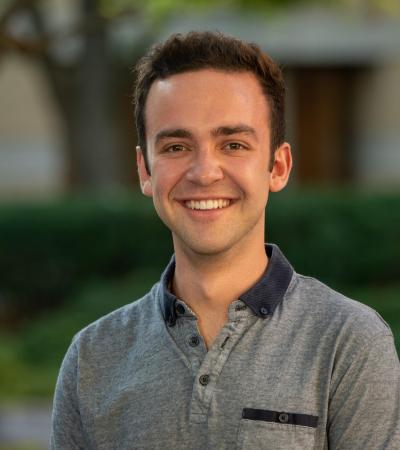Housing Discrimination in Queens
Kellogg/Kroc Undergraduate Research Grants
Final Report:
Heading into my fieldwork, I was extremely anxious to begin the process of interviewing immigrants and their experiences with the housing market; I was unsure about the language capabilities of the community I was entering, and I did not have the backing of an organization to bridge the divide between me and the individuals involved in my research. However, with some persistence and getting comfortable walking up to individuals I did not know, I had a very successful summer doing fieldwork in Queens, NY.
To provide a brief description of the work I was doing, I focused on the neighborhoods of Jackson Heights, Corona, and Elmhurst, which are three of the top five neighborhoods with the largest concentrations of immigrants in all of New York City. Thankfully, these three neighborhoods are all bordering each other, so it was fairly easy to navigate throughout them. I lived in Manhattan, so on the days I didn’t have a lot of work, I would take the 7-line train to Queens and get off at 103rd Street-Corona Plaza. From there, I would go to a few of the neighborhoods’ communal spaces to try and speak to residents that lived there. The main areas I would find individuals to interview were Flushing Meadows Corona Park, Junction Boulevard, Roosevelt Avenue, Corona Plaza, and Park of the Americas. With some individuals, there was certainly a sense of apprehension with being interviewed by a stranger; I was one of the few Caucasian individuals in these communities, and English was largely not the native language.
This was definitely the greatest challenge that I faced over the summer. There were several times where a person would say they would talk to me and then when I would contact them, or follow up on a connection, they would essentially never respond. One public middle school had agreed to send out my contact information to all of the teachers that worked there, and after I had sent them my information for the email, they never responded.
However, I think the greatest success of my project came out of these circumstances. Despite these challenges and obstacles, I was able to interview more than 20 individuals, and I still have a few more connections to reach out to in order to wrap up the data collection elements of my work. I was also able to interview individuals from several nonprofit organizations that work with immigrant communities including New Immigrant Community Empowerment, Voces Latinas, and ELMCOR Youth & Adult Activities, Inc.
In particular, there was one individual who ended up being especially helpful for my project, and to whom I am extremely grateful. Ingrid Gomez was running for a seat in the New York City Council for the district that included the neighborhoods I was working in. One of the days that I was at Corona Plaza, she was there doing a campaign event with her campaign team. I went to her and asked if she would be willing to let me interview her about my work, and she agreed. We met at a coffee shop in Corona that was owned by a family of migrants from Ecuador and talked for almost two hours. With her background in community organizing and local politics, she was able to shed so much light on the status of community development in the area, and the ways in which the government was failing to meet the needs of these neighborhoods. However, her support not only came in her interview and her knowledge. She also connected me with multiple other individuals who knew a lot about Corona, Elmhurst, and Jackson Heights so that I could interview them as well.
As I wrap up the data collection elements of my work, and turn to drafting the final paper in our capstone class, I am incredibly excited about my project and its potential to shed light on the disaccord that exists between government and these immigrant communities. I hope to share my paper with several of the individuals and organizations that helped me get to where I am so that we might all share in the knowledge.






